2016 Seoul Focus - No Longer Objects
2016.12.20. ~ 2017.03.19.
Buk-Seoul Museum of Art, South Korea
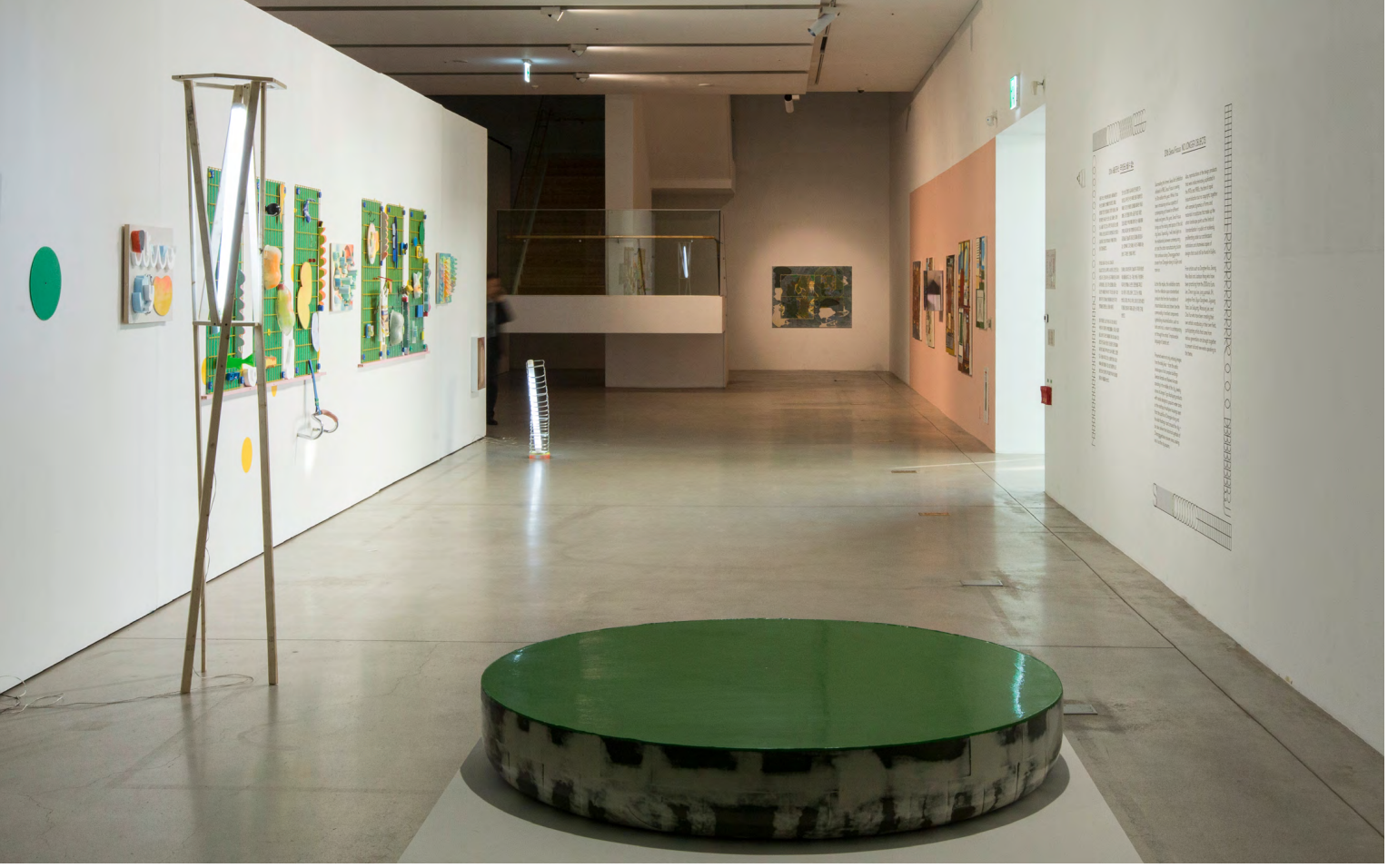
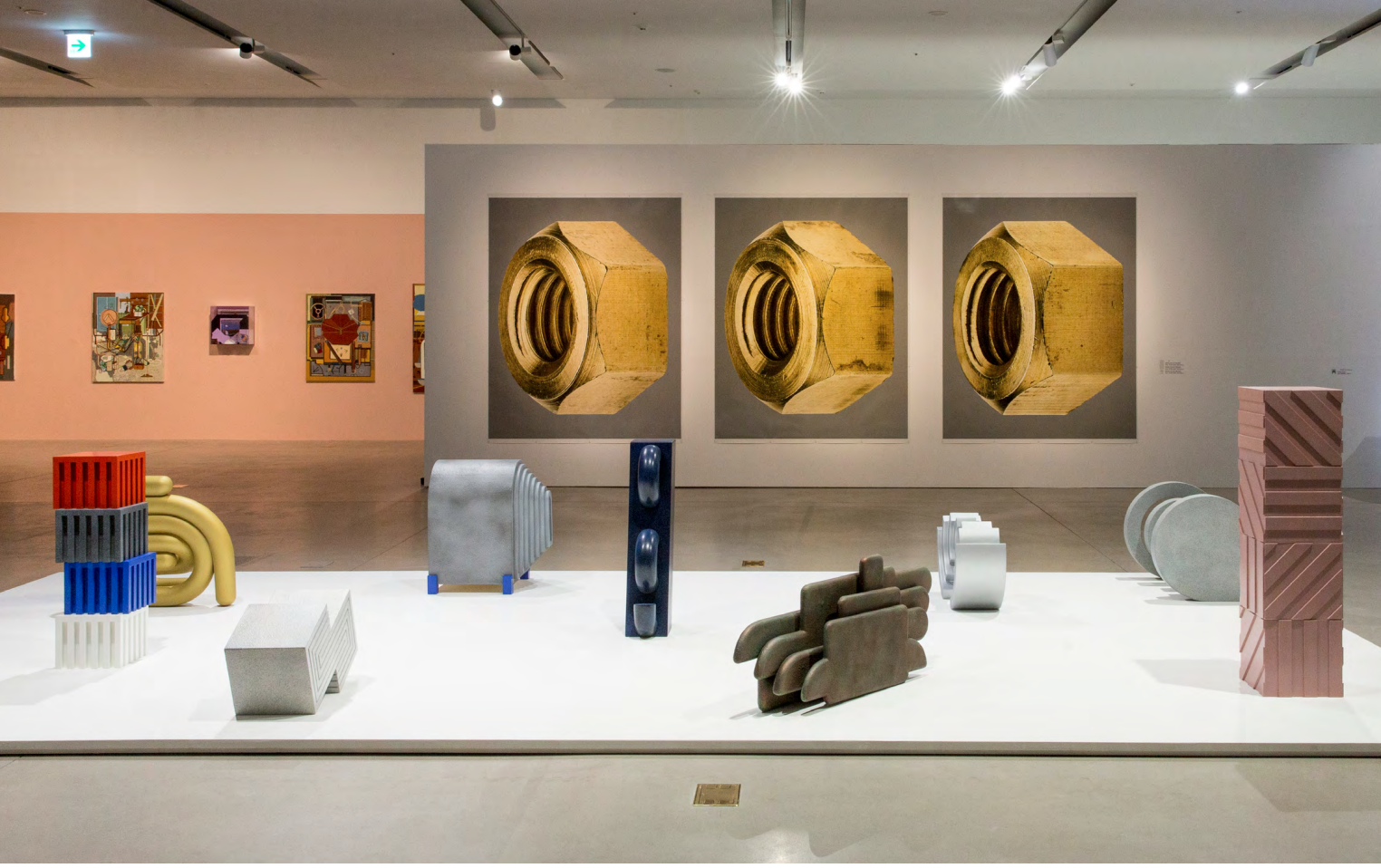
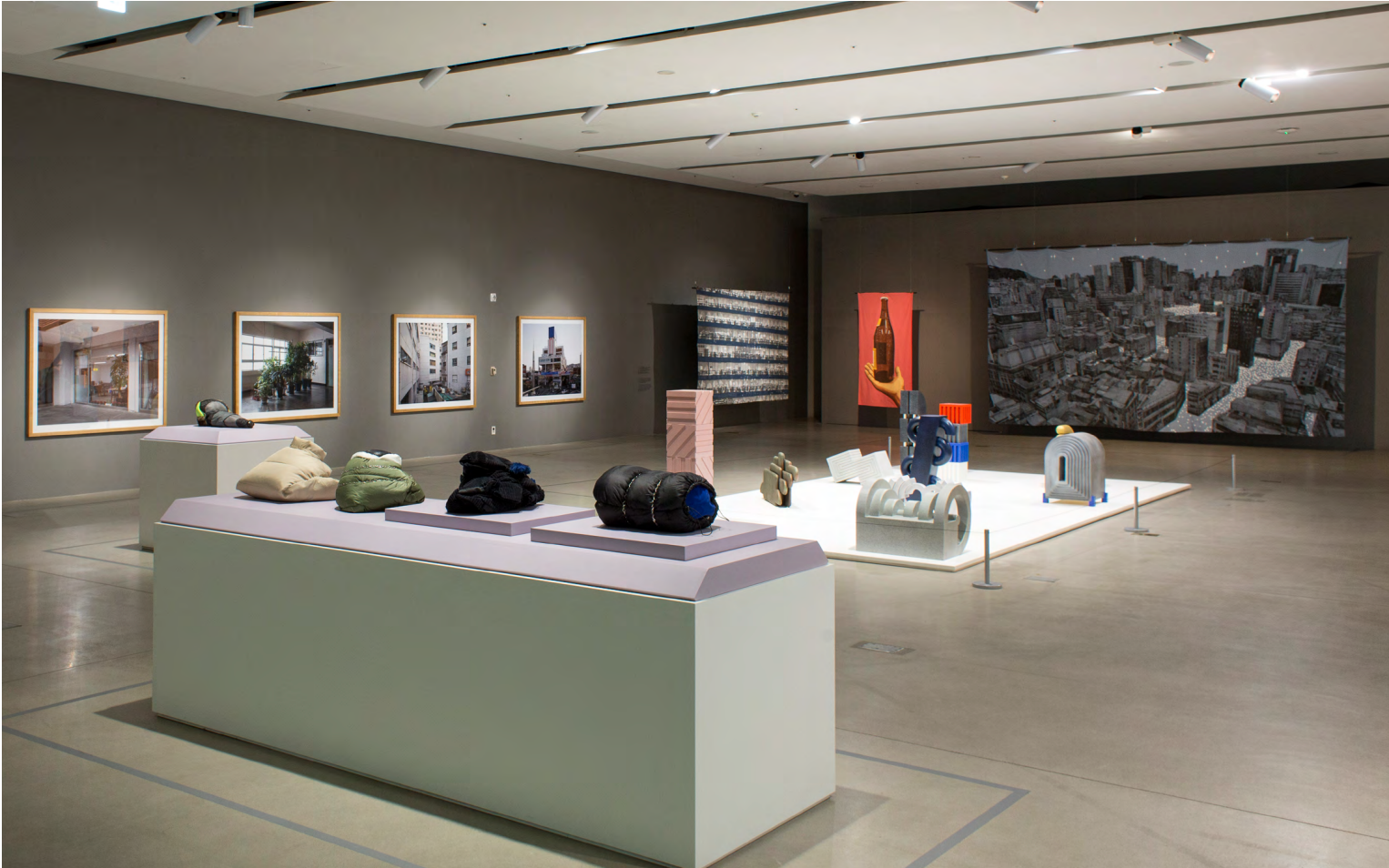
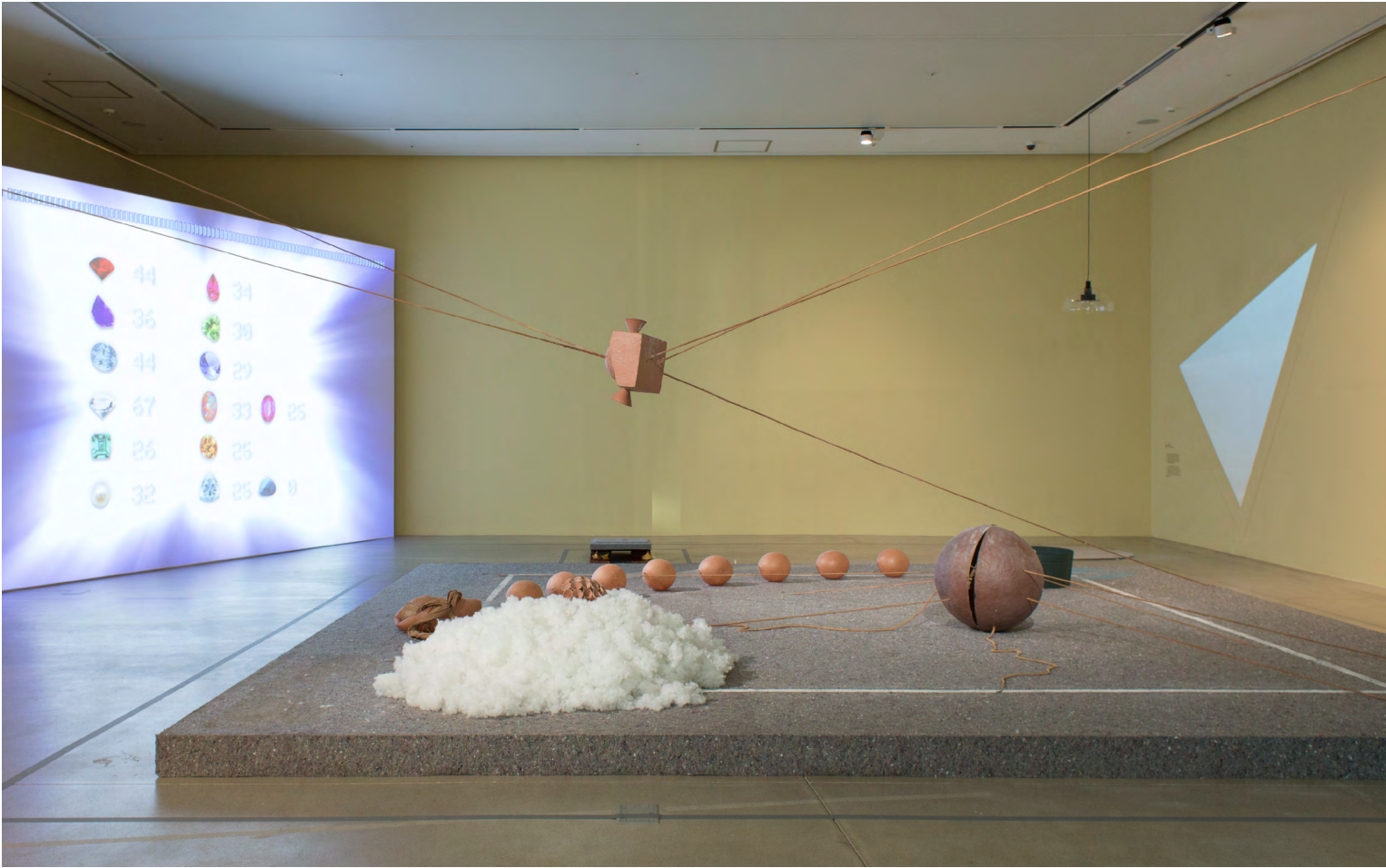
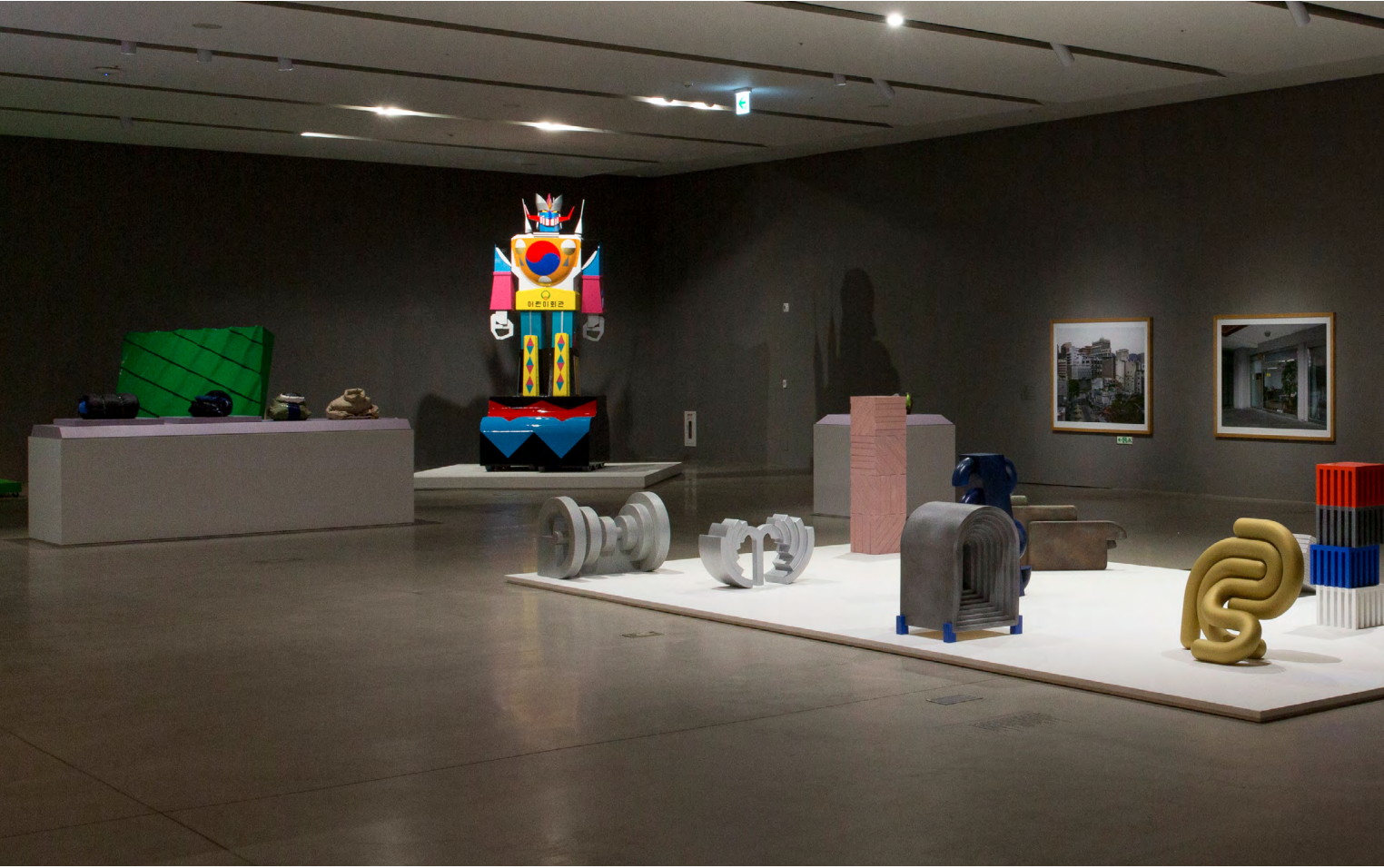
-
Regina Shin
Unchangeable: an Attempt to Flatten the Flattened Again
The year 2016 will be remembered as a year when the condensed sentiment of devastation that had been roaming around our society since the late 2000s simultaneously exploded through large and small events, shaking and undermining all of our existing basis. Economic depression, overflowing refugees, extreme rightist groups rising in Western European countries and anxiety for terrorism all around the world went on to Brexit and the results of the U.S. presidential election which again escalated cracks and conflicts within races, classes and gender. Added to such chaos, the myths of market capitalism, neo- liberalism and democracy showed signs of collapse while individual societies tangled up together beneath it witnessed their collapse one by one, not being able to withstand their bloated structure any more. Even with 2020 just around the corner, it is still difficult to prospect what is ahead of us in the chaos we are facing. Here, the exhibition began with the purpose of reviewing issues of contemporaneity that penetrated through the art scene here and abroad in the past few years.
NO LONGER OBJECTS set the vernacular and meta subject, Cheonggyecheon that sums up Seoulness and summoned artists and key words through different layers of issues from generation theories that recently shook the art scene to broader questions regarding genres of contemporary art. As the title implies, the exhibition reexamines contemporaneity focusing on the reducibility of the specificness and generality of contemporary art. Also, it explores the fundamental reason why artists practicing at the same time have different perceptions of ‘contemporary aesthetics’. For example, questions such as ‘how the notion of vernacular aesthetics is applied differently by the Korean postmodernists represented by Choi Jeong Hwa and by the artists in their 20s to 40s’ was one of the axes that formed the basis in conceiving the exhibition. Lastly, by creating a platform that brings together artists from new spaces that actively practiced between 2014 and 2016 and those that engaged more with institutions, it looked into the direction of contemporary art that has been increasingly flattened while also being aware of these issues simply adding up to generation theories.
As artists who have been interpreting the grammar of industrial design and mass produced goods through the language of contemporary art, Jackson Hong and Lee Eunwoo critically approach standardization of public art and formativeness by restoring or remaking monuments that previously existed in Korean society. Byun Sanghwan and Lee Sookyung present sculptures that objectify Seoul’s mundane landscapes and objects using various materials such as water proof paints, cheap fabric or accessories. Park Jeonghye, Lee Woosung, Baek Seungwoo and E.H. respectively explores the roles and limits of flat media of painting and photography while attempting to overcome it through expressive, media experiments. Lee Cheonpyo and Yoon Jiyoung experiment how traditional genres of painting and sculpture in the age of complete products could be overturned through the ‘practices’ of artists and variations of materiality. Koo Donghee and Choi Yoon present films that structure ‘contemporary image narratives’ by connecting realistic and instantaneous images. Lastly, Jung Yoonsuk’s work questions the ‘publicness’ and ‘humanness’ of the nation and the society through footage collage and documentary. In theses such as Sculpture in the Expanded Field, Rosalind Krauss advocates for invalidating the privileges of modernism and established the basis to expand the generality of contemporary art. Suddenly then, Krauss criticized the reality where the generality of art was indifferently used as a tool of anti-modernism, which was again denying herself. However, Krauss’ ambivalent attitude that goes from one extreme to another in the post medium theory, namely, that of specificness and generality, is may be in fact, a good example of the ambivalence and disruptiveness of the ‘contemporaneity’ of contemporary art. Historically, avant-garde changed its outer skin and ‘contemporaneity’ that is based on ‘imminence’, ‘directness’ and the ‘momentary’ is innately ruptured. Also, contemporary is most likely to be condemned by conservative critics such as Hal Foster for floating around without historical expansion, conceptual definition and critical thinking.
If we could borrow words from Boris Groys who said ‘though contemporaneity is born in the ashes of the modern, it hypothecates contemporaneity that is cut-off from the future’, this exhibition was prepared in the hope of making an opportunity to see how today’s artists reflect contemporaneity within the general but limited conditions of contemporary art focusing on Chenggyecheon area, the ruins of modernity. Also, we hope it could lead to the idea of ‘disputatious pluralism’ which is based on diversity that accommodates critical voices pointing out essential problems and also creates more intense debates in the future.
-
Participating Artists
EH, Donghee Koo, Junghae Park, Seung Woo Back, Byun Sanghwan, Jiyoung Yoon, Lee Sukyung, Woosung Lee, Eunu Lee, Cheon pyo Lee, Jackson Hong, Jung Yoonsuk, Choi Yun
Exhibition Supervisor
Hey-Kyung Ki
Joo-Young Seo
Curator
Regina Shin
Coordinator
Sejin Oh
Junghyun Kim
Space Design
Byungkook Kim(Marcsosa)
Graphic Design
Table Union
Photographer
Jaemoo Jo(Tabial Studio)
Hosted and Supported by
Seoul Museum of Art
Ⓒ2016 Seoul Museum of Art and the Artist All Rights Reserved.
-
Official Exhibition Website: https://sema.seoul.go.kr/en/whatson/exhibition/detail?exNo=512